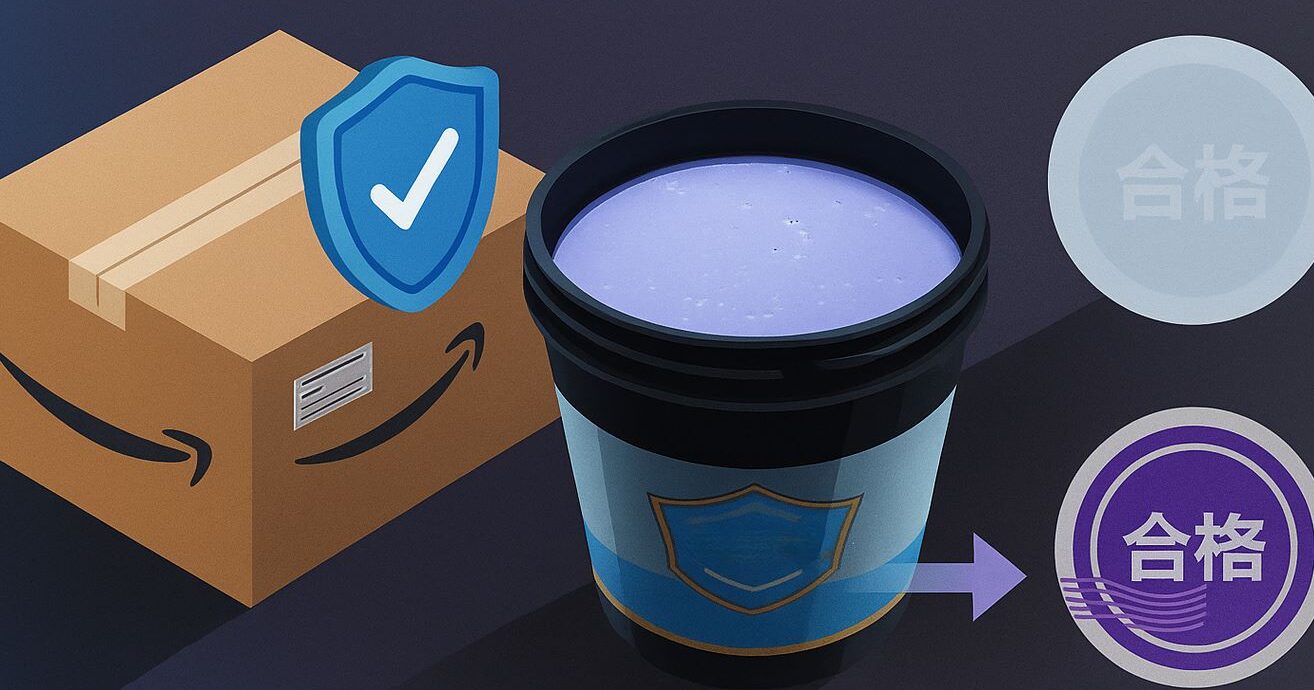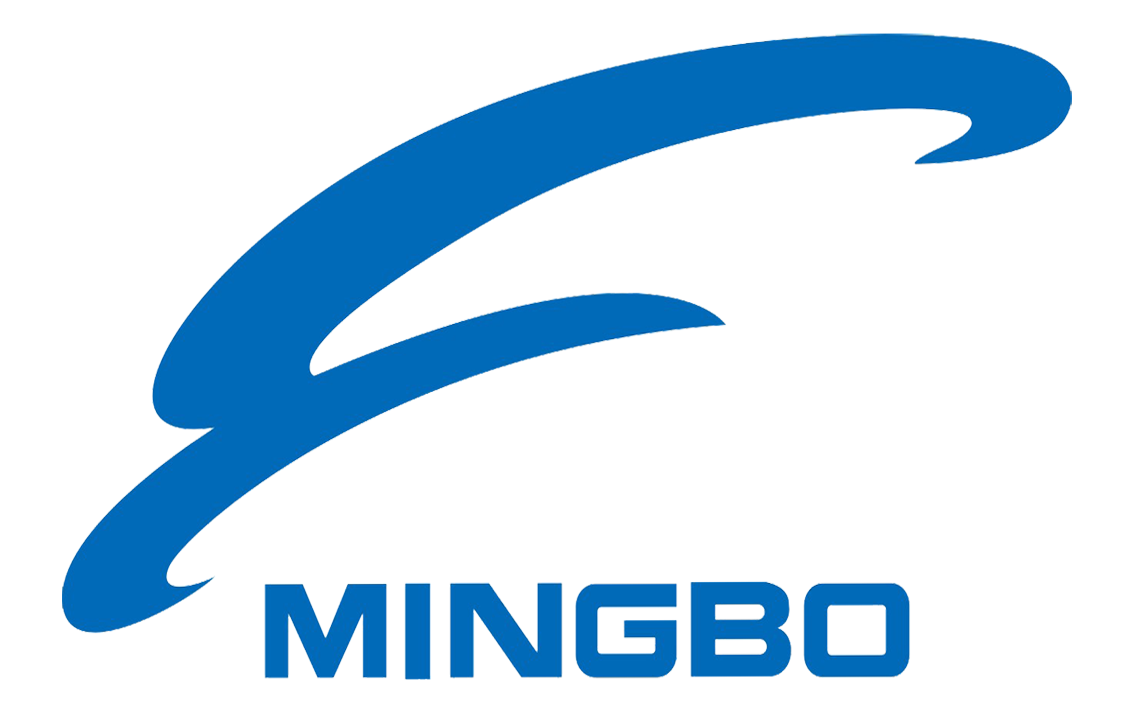In the era of growing counterfeiting challenges, thermochromic security inks have become a pivotal solution in anti-counterfeit packaging and product authentication. These functional inks react to temperature variations, changing color in a controlled manner to provide visual verification. However, the color performance of these inks depends heavily on the printing process, and screen printing remains the most widely adopted method due to its flexibility and adaptability to different substrates.
This article explores the interplay between screen printing parameters and thermochromic ink properties, offering insights into how printing techniques influence color stability, visual accuracy, and anti-counterfeit effectiveness.
I. Thermochromic Security Inks: Principles and Applications
1. Functional Mechanism
Thermochromic inks contain microencapsulated pigments that respond to temperature changes by altering their molecular structure, resulting in a visible color shift. Two main types exist:
-
Reversible inks: regain their original color once the temperature normalizes.
-
Irreversible inks: permanently change after a threshold temperature is reached.
In both cases, precise printing is essential for consistent activation thresholds and clear visual effects.
2. Expanding Applications
Thermochromic inks are widely used in pharmaceutical labels, secure packaging, branded products, and high-value documents. Their adoption is driven by the demand for advanced anti-counterfeit measures and interactive visual cues that enhance consumer trust.

II. Screen Printing and Its Advantages for Security Inks
1. Why Screen Printing Dominates
Compared with offset, flexographic, or digital printing, screen printing offers unmatched benefits when working with temperature-sensitive functional inks:
-
Thicker ink layers enable richer visual effects.
-
Versatility across substrates, including plastics, glass, textiles, and coated paper.
-
Controlled ink deposition maintains pigment integrity.
These advantages make screen printing a preferred method for functional coatings and high-security labels.
2. Ink Film Thickness and Color Performance
Thermochromic inks require a minimum pigment density to produce distinct color transitions. Screen printing can precisely regulate layer thickness, ensuring uniformity across the surface. Thicker deposits enhance vibrancy but must be optimized to avoid cracking or delayed response times.
III. Influence of Screen Parameters on Color Development
The quality of color change in screen printing temperature change inks depends heavily on screen mesh selection, squeegee pressure, and curing conditions.
1. Mesh Count and Pigment Visibility
Choosing the right screen mesh size is critical:
-
Lower mesh counts allow heavier ink deposits, improving color intensity.
-
Higher mesh counts produce finer details but may limit pigment coverage, resulting in muted transitions.
For security labels, a balanced mesh size ensures both sharp graphics and pronounced color shifts.
2. Squeegee Parameters and Layer Uniformity
Squeegee hardness, pressure, and angle directly affect ink transfer:
-
Excessive pressure may damage microcapsules, reducing color performance.
-
Insufficient pressure can lead to uneven coating thickness and inconsistent activation.
Optimizing these variables ensures stable visual results across production batches.
3. Curing and Thermal Stability
Post-printing curing determines whether functional pigments maintain responsiveness:
-
Over-curing at high temperatures risks microcapsule degradation.
-
Under-curing causes poor adhesion and reduced durability.
Controlled thermal management preserves both substrate compatibility and ink performance.
IV. Ink Formulation and Substrate Interactions
1. Role of Binder Systems
Binders influence how pigments adhere to substrates and how they respond to temperature changes. A flexible binder improves thermal cycling endurance, preventing cracking during repeated activation.
2. Substrate Surface Energy
The surface energy of materials like polypropylene, PET, or coated cardboard affects ink wetting and color uniformity. Proper surface treatments, such as corona discharge or plasma activation, enhance adhesion and stabilize color transitions.
V. Color Performance Metrics in Thermochromic Systems
To evaluate the success of screen-printed temperature change inks, several performance indicators are considered:
-
Activation temperature accuracy
-
Transition speed and reversibility
-
Color density before and after activation
-
Long-term stability under UV and humidity exposure
Advanced spectrophotometric testing ensures that the printed outcome matches anti-counterfeit functionality requirements.
VI. Integration into Anti-Counterfeit Strategies
1. Multi-Layered Security Features
Thermochromic inks are increasingly combined with QR codes, holographic foils, and microtext printing to create multi-factor authentication systems. Screen printing enables precise alignment of these elements, enhancing tamper resistance.
2. Brand Protection and Consumer Trust
Interactive temperature indicators provide a tangible verification method, allowing consumers to confirm authenticity without specialized tools. This increases brand transparency and strengthens market reputation.
Conclusion
The effectiveness of thermochromic security inks depends as much on printing technology as on pigment chemistry. Screen printing offers unmatched advantages for controlling layer thickness, adhesion, and visual clarity, making it the preferred choice for functional anti-counterfeit applications.
By optimizing mesh parameters, squeegee settings, and curing profiles, manufacturers can deliver precise, reliable, and visually compelling color transitions that enhance security and consumer engagement.
As demand for smart packaging and interactive authentication rises, the integration of temperature change inks with advanced screen printing techniques will continue driving innovation in the global anti-counterfeit industry.


